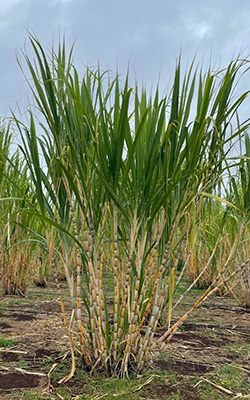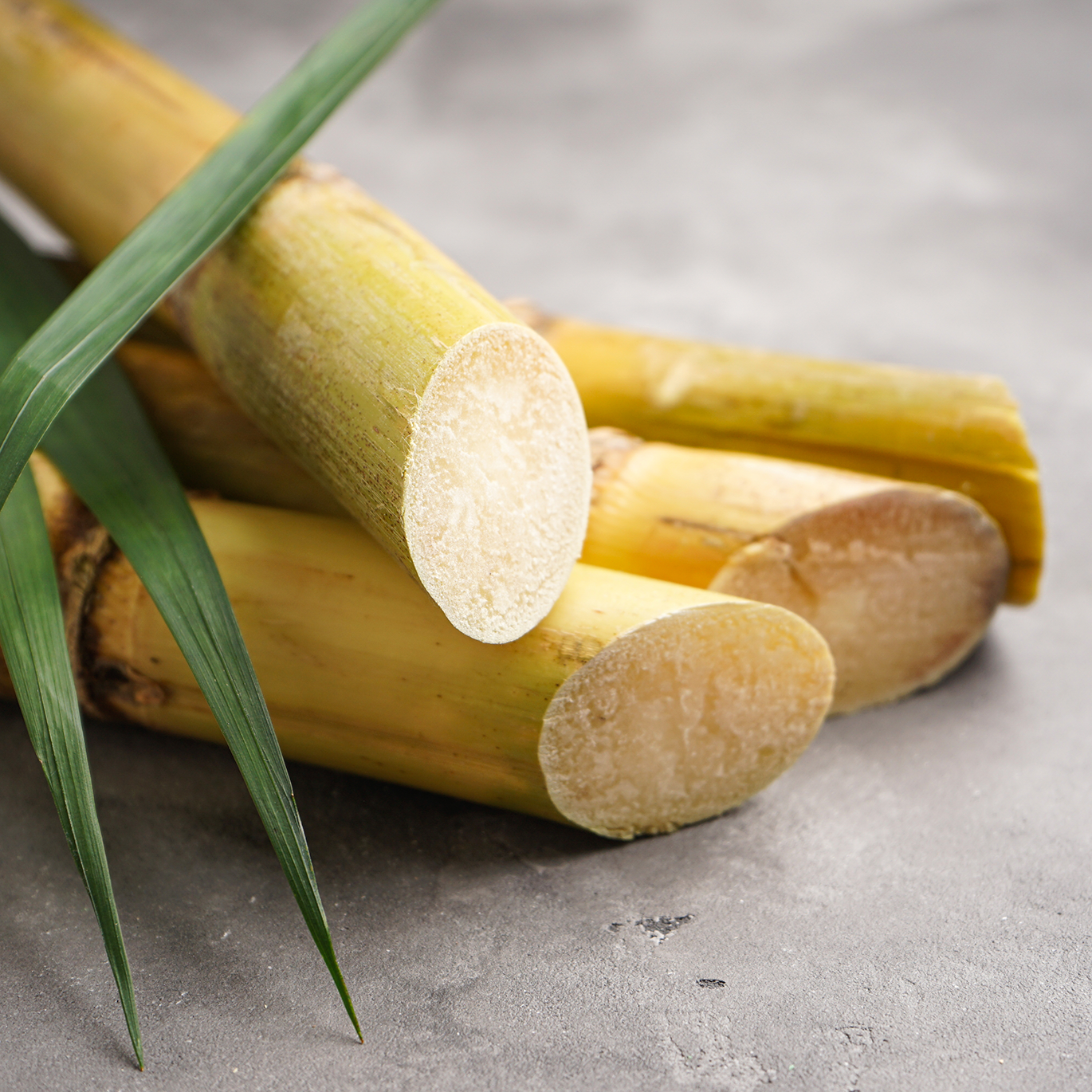From Field to Table: The Journey of Sugar and Cane
From Field to Table: The Journey of Sugar and Cane
Blog Article
Why Cane Sugar Processing Chemicals Are Important for Modern Sugar Refining
The role of walking stick sugar handling chemicals in modern sugar refining can not be overemphasized, as they are indispensable to boosting both the performance of extraction and the general top quality of the final item. Representatives such as phosphoric acid and particular flocculants are utilized to get rid of impurities, leading to sugar that not only meets customer assumptions yet also abides by market standards. The implications of these chemicals expand beyond quality, touching upon market dynamics and environmental considerations. sugar and cane. This increases crucial concerns concerning the sustainability of such methods and their effect on the future of sugar manufacturing.
Duty of Handling Chemicals
The efficiency of cane sugar processing pivots significantly on the calculated application of processing chemicals. These chemicals play a critical role in enhancing the performance and quality of sugar extraction and refining. From the initial phases of juice removal to the final purification steps, processing chemicals facilitate numerous crucial procedures.
In the removal phase, chemicals such as phosphoric acid and calcium hydroxide are used to maximize the information procedure, aiding to eliminate pollutants and suspended solids from the cane juice. This not only improves the return however also ensures the clarity of the end product. In addition, representatives like flocculants help in the fast settling of impurities, consequently simplifying the general procedure.
Triggered carbon and ion exchange materials offer to get rid of color and odor, making certain that the refined sugar satisfies consumer quality criteria. Thus, the careful option and application of these chemicals are essential for accomplishing optimum outcomes in walking stick sugar handling.
Trick Kinds of Chemicals
Cane sugar processing depends on a variety of key chemicals that assist in each phase of manufacturing. These chemicals play important duties in clarifying, bleaching, and purifying the sugar drawn out from walking cane.
One main group of chemicals consists of flocculants, such as polyacrylamide, which help in the explanation process by promoting the gathering and settling of pollutants. Furthermore, calcium hydroxide is usually employed to counteract level of acidity and assist in the removal of non-sugar elements.
Whitening agents, such as triggered carbon and sulfur dioxide, are utilized to decolorize the syrup, causing a clearer end product. These chemicals help eliminate shade compounds that might influence the sugar's look and bankability.
Moreover, phosphoric acid acts as a pH regulatory authority throughout the processing stages, making sure optimum problems for the enzymatic activities associated with sugar removal and filtration.
Various other crucial agents consist of edta (ethylenediaminetetraacetic acid), which chelates metal ions that could militarize unfavorable reactions, and sodium hydroxide, which aids in pH control throughout the refining process. Collectively, these chemicals boost efficiency and guarantee a premium cane sugar item.
Benefits for Sugar Quality
Typically neglected, the usage of certain handling chemicals dramatically boosts the overall top quality of cane sugar. These chemicals play a critical function in refining processes, making certain that the final product satisfies strict sector standards for pureness and preference.

Additionally, refining chemicals aid in accomplishing a regular granulation and appearance, which are essential for consumer acceptance. By regulating the condensation process, these chemicals make sure that the sugar crystals form evenly, causing a much more appealing item that dissolves well in various applications.
Furthermore, the usage of these chemicals can enhance the service life of cane sugar by lessening wetness absorption and microbial growth. On the whole, the calculated application of handling chemicals is essential for delivering high-grade walking cane sugar that satisfies consumer expectations and industry needs.
Environmental Influence Factors To Consider

In addition, the energy-intensive nature of sugar refining, worsened by chemical usage, often causes enhanced carbon exhausts. This top article adds to climate change and raises issues pertaining to the sustainability of current refining practices. Furthermore, the sourcing of these chemicals may include practices that endanger biodiversity, such as monoculture farming, which lowers the strength of farming ecosystems.

To alleviate these influences, sugar refiners are increasingly exploring lasting options and embracing best techniques that minimize chemical use. Carrying out extensive environmental management systems can assist guarantee that the refining procedure straightens with ecological standards and promotes biodiversity. Eventually, a balanced strategy that focuses on both sugar quality and ecological stewardship is essential for the long-term stability of the sugar market.
Future Trends in Refining
As the sugar market grapples with the ecological obstacles connected with traditional refining approaches, ingenious strategies are arising to enhance both effectiveness and sustainability. One substantial pattern is the fostering of environment-friendly chemistry principles, which prioritize the usage of non-toxic, naturally degradable processing chemicals. This shift not just reduces environmental impact but likewise addresses customer need for cleaner production methods.
An additional promising growth is the implementation of sophisticated purification modern technologies, such as membrane separation and adsorption procedures. These techniques enhance the clearness and quality of the sugar while reducing the volume of wastewater produced throughout refining. Additionally, the combination of electronic technologies, consisting of IoT and AI, is changing operational efficiency by allowing real-time monitoring and anticipating maintenance, therefore minimizing resource waste.
Additionally, the usage of by-products from sugar refining, such as bagasse and molasses, is getting grip. These products can be transformed into biofuels or value-added items, contributing to a circular economic climate within the industry. Collectively, these patterns indicate a change in the direction of more lasting practices that not only improve functional efficiency however also line up with international sustainability objectives, making certain the future viability of sugar her explanation refining.
Conclusion
Walking stick sugar handling chemicals are important in contemporary sugar refining, substantially improving the efficiency and high quality of sugar extraction. The calculated use these chemicals not just enhances the pureness and flavor of the end product but also ensures regular crystallization and structure. As the sector progressively prioritizes sustainability, the adoption of environmentally-friendly handling agents is likely to form future fads in refining, ultimately bring about higher top quality items and prolonged service life for customers.

Ultimately, a well balanced approach that prioritizes both sugar quality and ecological stewardship is crucial for the lasting viability of the sugar industry.
Walking cane sugar processing chemicals are necessary in modern-day sugar refining, considerably boosting the performance and top quality of sugar removal.
Report this page